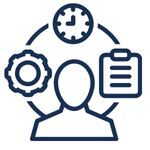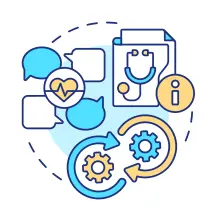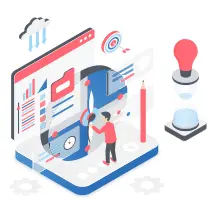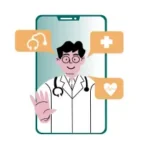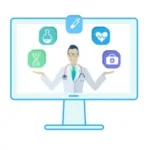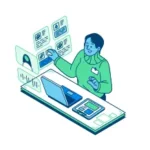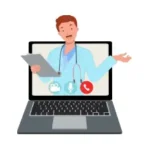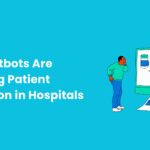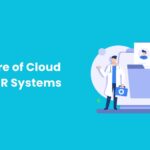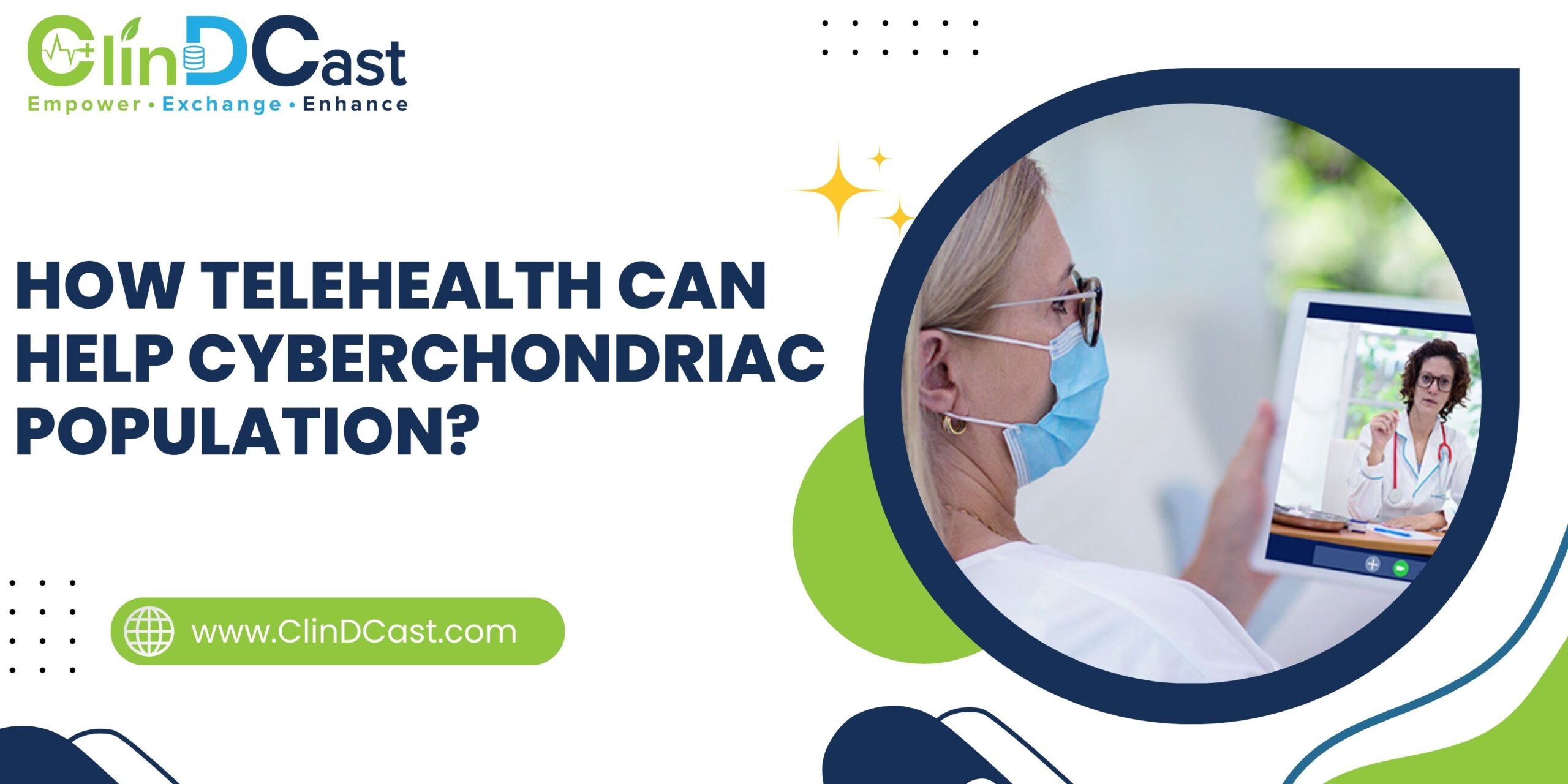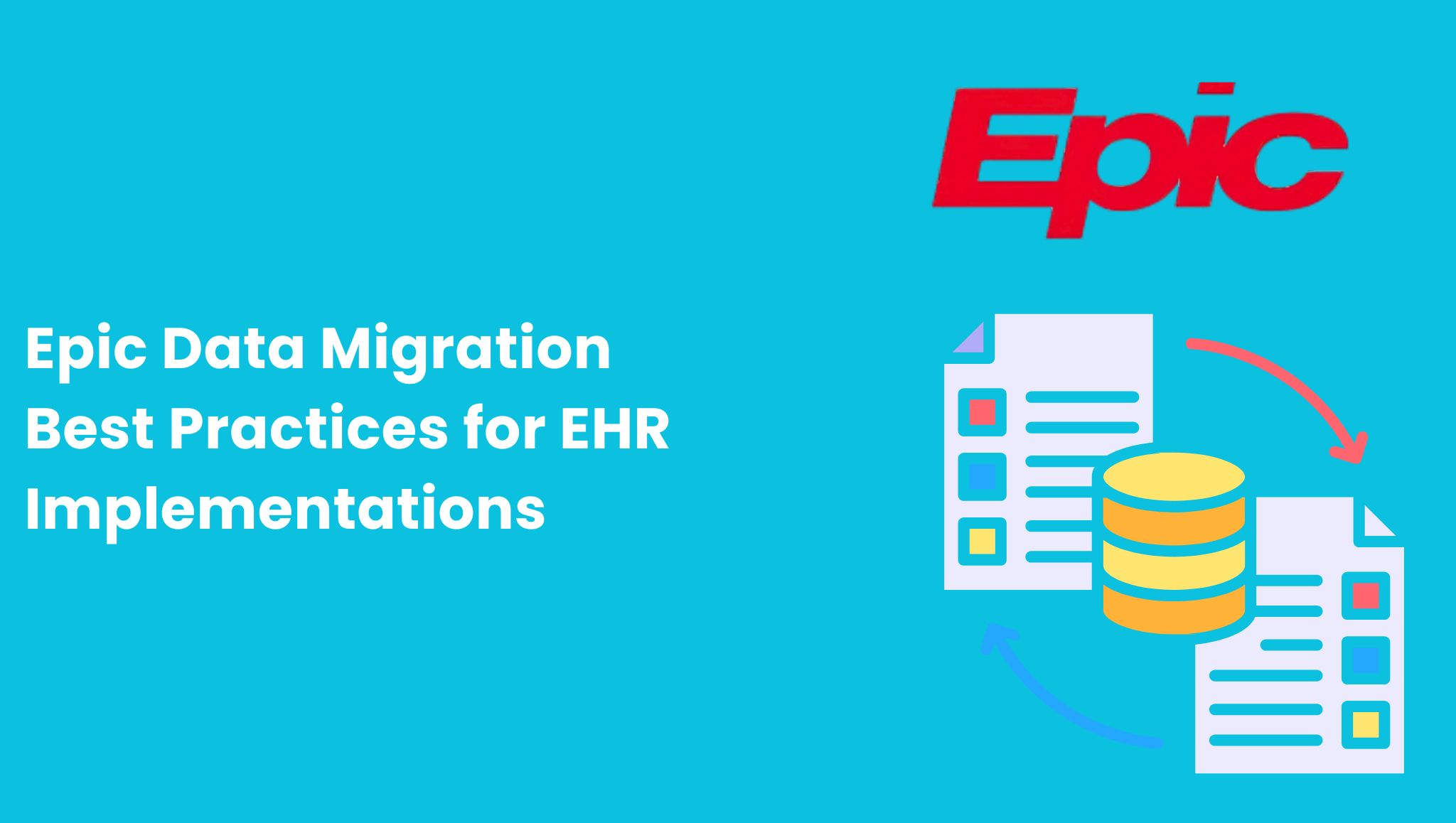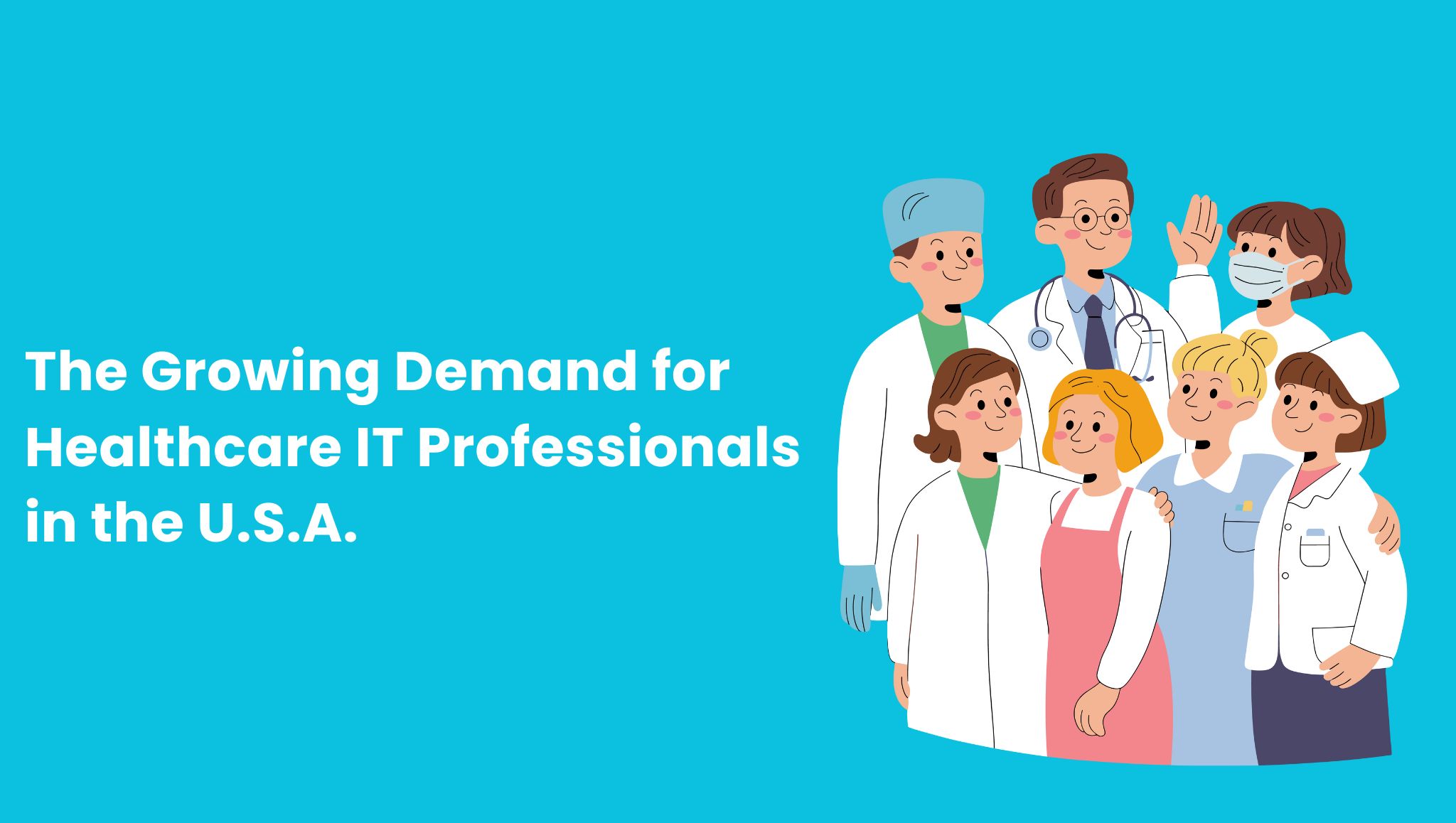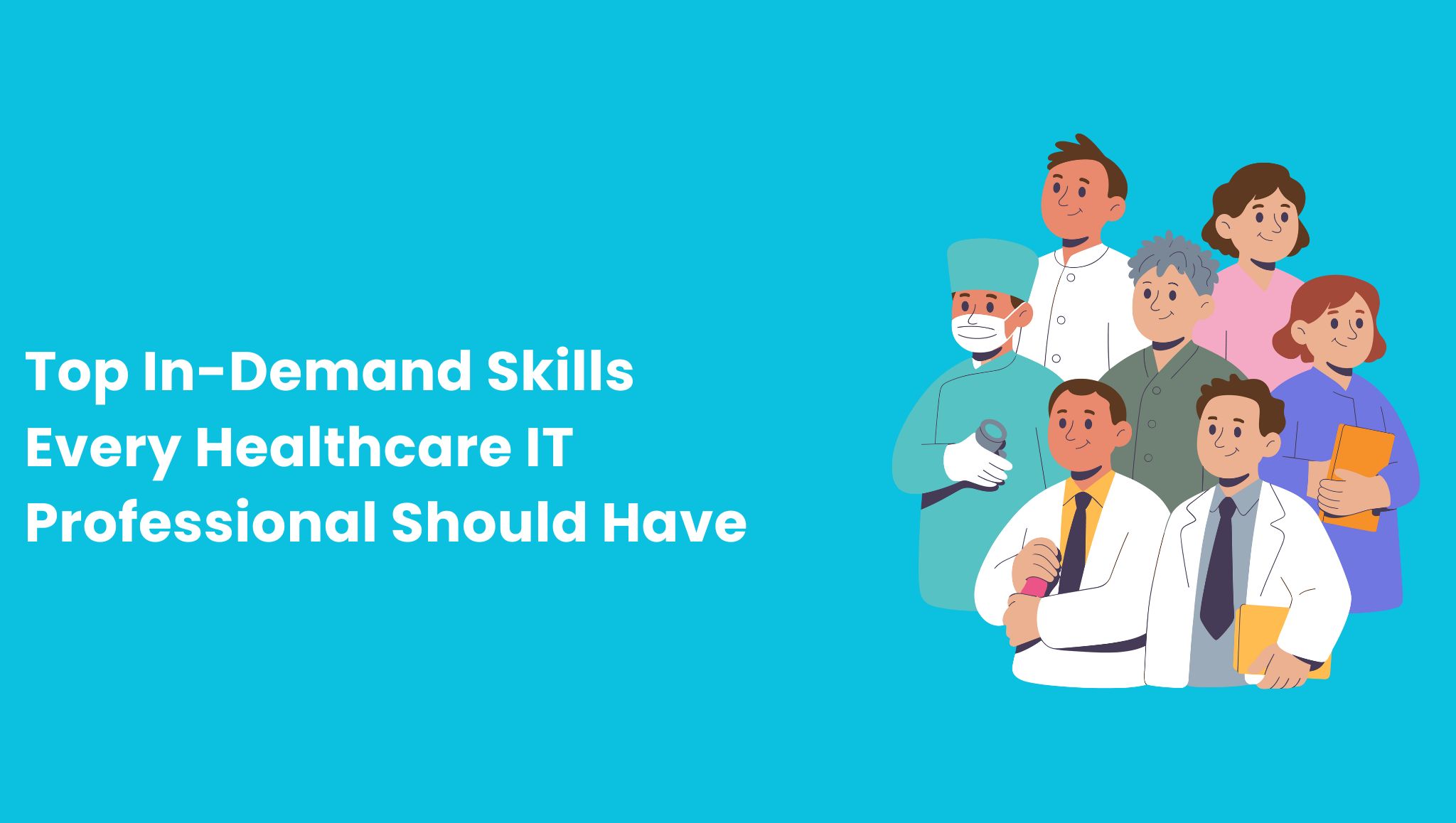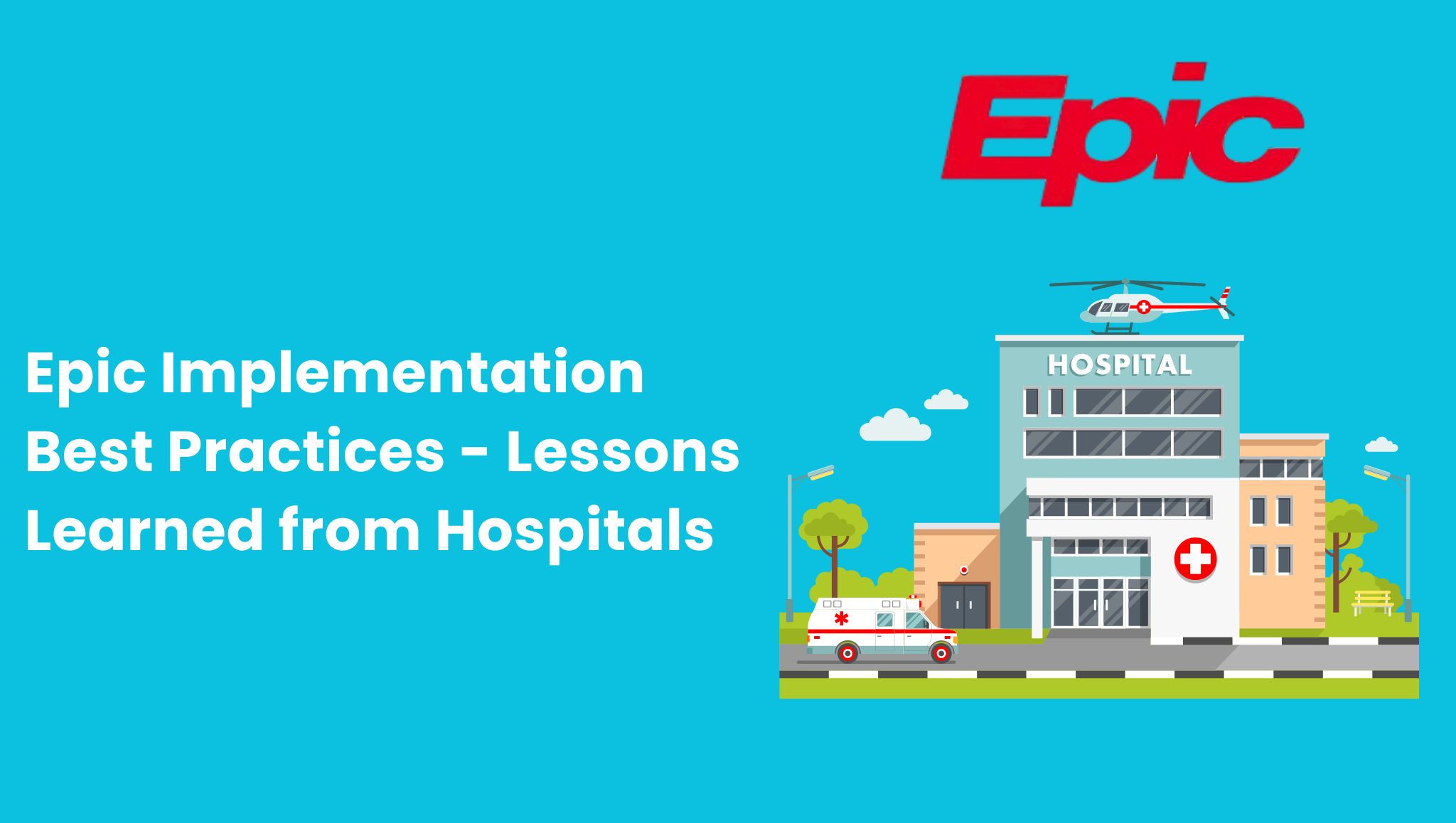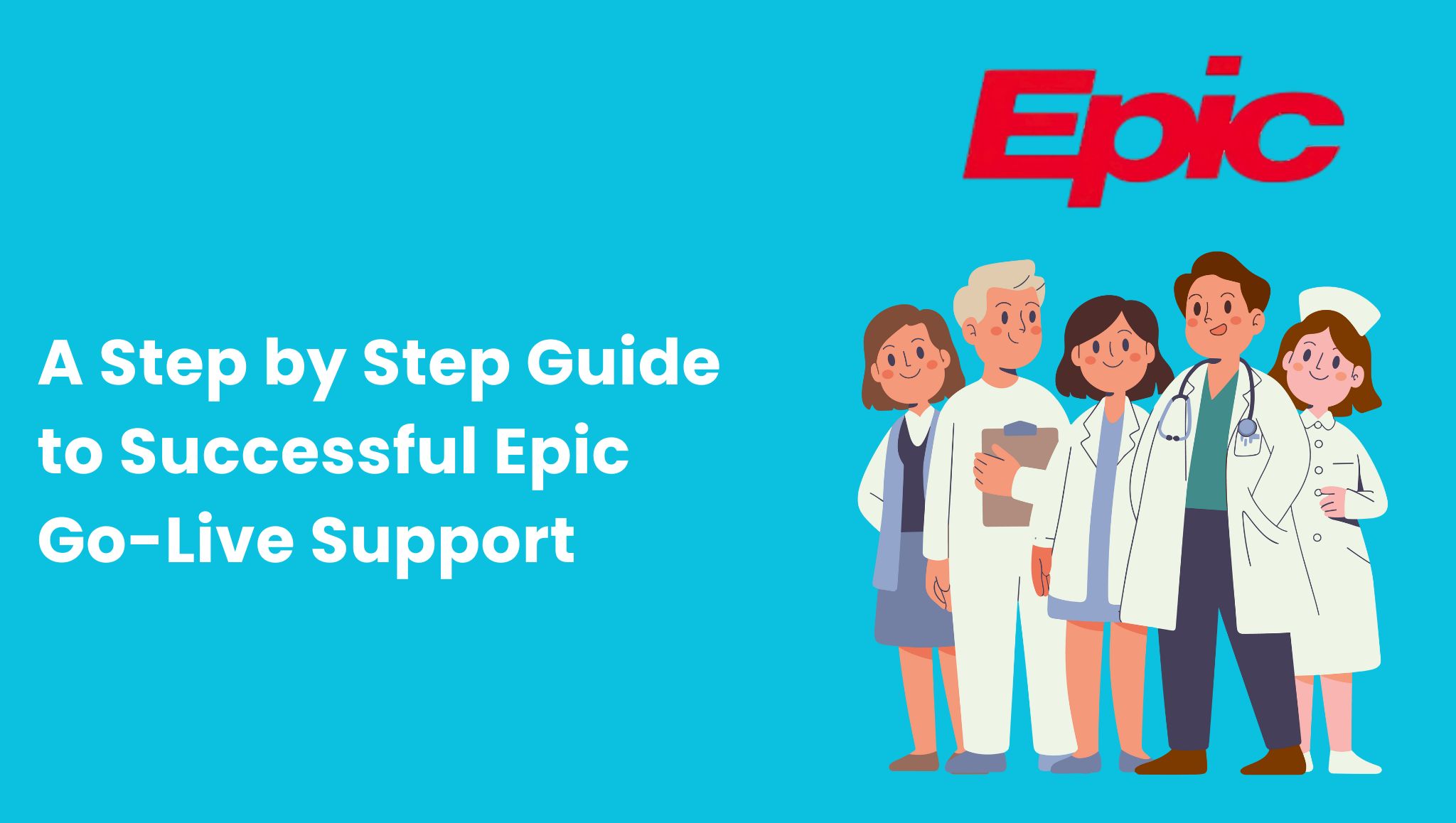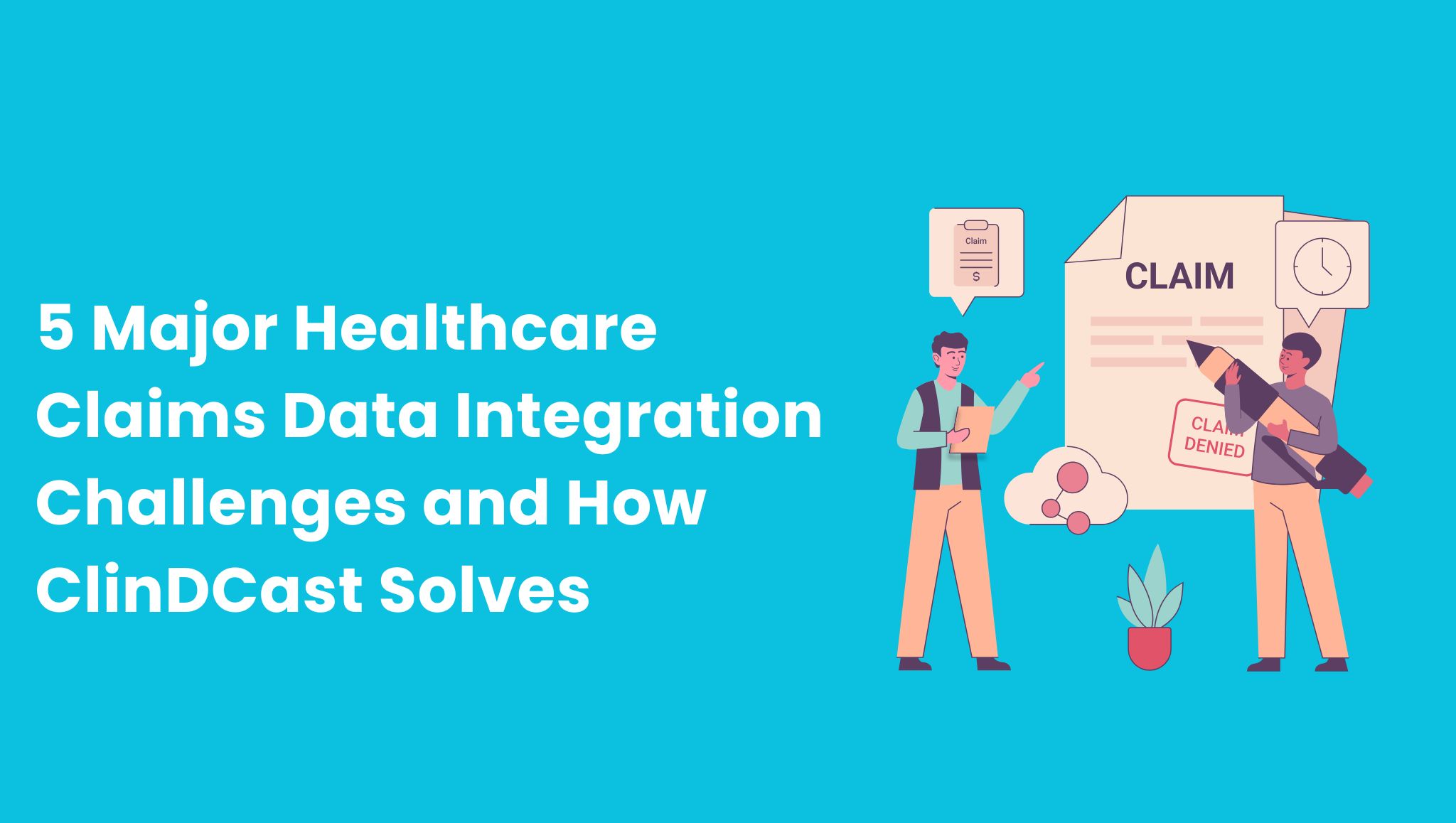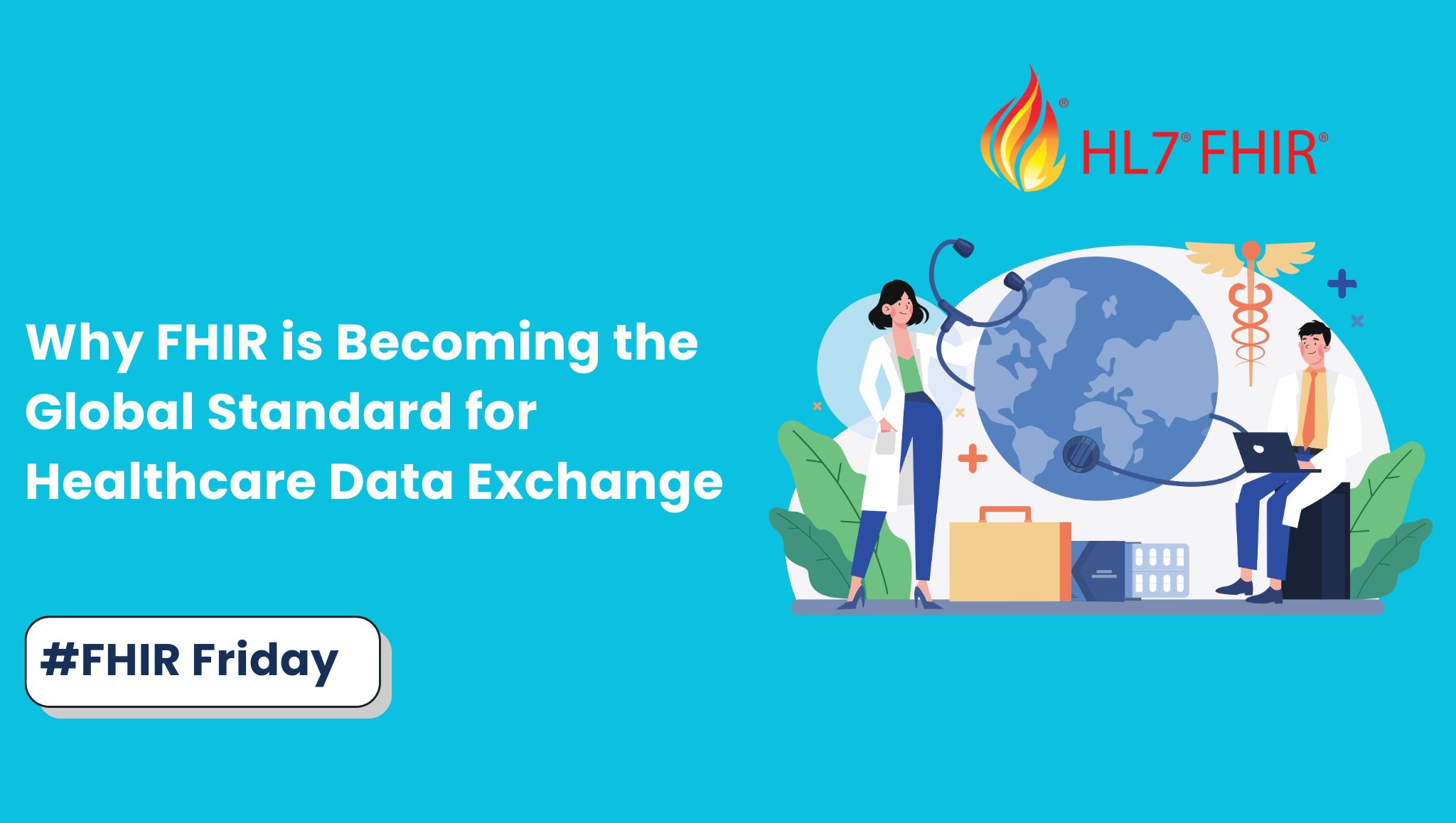
Healthcare data is massive, scattered across different systems, and has always been tough to share effectively. Interoperability — the ability for different platforms to exchange, interpret, and use data — is crucial for delivering safer care, improving outcomes, and making health systems more efficient. Fast Healthcare Interoperability Resources (FHIR) has become one of the most promising solutions to these challenges. In this article, we’ll break down Why FHIR is Becoming the Global Standard for Healthcare Data Exchange the practical benefits that make it so appealing, real-world examples of its use, the challenges that still remain, and what the future may hold.
Importance of FHIR
FHIR is important because it transforms the way healthcare data moves between systems. Instead of relying on custom interfaces and complex integration projects, FHIR uses lightweight, reusable building blocks that can be combined to support clinical, administrative, research, and consumer needs. This approach reduces costs, accelerates innovation, and improves access to timely, accurate clinical information all of which directly enhance the quality and safety of patient care.
Why FHIR Is Becoming the Global Standard
Here are the core reasons FHIR is widely adopted:
a) Alignment with modern web technologies
FHIR relies on RESTful APIs and common data formats like JSON and XML. Because of this, developers with web development experience can integrate healthcare systems more quickly, making use of existing tools, libraries, and established best practices.
b) Modularity and scalability
FHIR’s resource-based model allows implementers to begin with just a few resources and expand over time. This enables systems to interoperate step by step, lowering both project risk and overall cost.
c) Strong governance and community
HL7, along with industry groups, vendors, governments, and implementer communities, works together to create profiles, implementation guides, and conformance rules. This collaborative ecosystem fosters trust and promotes consistent, reusable implementations.
d) Global regulatory push
Governments across the U.S., Europe, Australia, and Asia are increasingly mandating or recommending the use of FHIR to improve interoperability and patient access. Policies such as the U.S. 21st Century Cures Act and the European Health Data Space are driving momentum, further accelerating global adoption.
e) Vendor and ecosystem support
Leading EHR vendors like Epic, Cerner/Oracle, and Allscripts, along with tech giants such as Google, Microsoft, Apple, and Amazon, have embraced FHIR. Health app developers are also following suit, creating a strong network effect that draws in smaller players and expands adoption even further.
f) Patient empowerment and engagement
FHIR allows patients to securely access their health records through apps, share information with providers, and use it for wellness tools. This supports the global movement toward more patient-centered care.
g) Support for innovation and AI
By providing standardized, machine-readable data, FHIR enables advanced analytics, population health management, and AI-powered decision-making. It also allows innovators to create new applications without the need to rebuild complex integration layers.
Key Technical Features (and why they matter)
a) Resource-centric data model: FHIR’s clear, reusable building blocks such as Patient, Encounter, and Observation help reduce ambiguity and make it easier to map data across different systems.
b) APIs and SMART on FHIR compatibility: Standard APIs combined with SMART on FHIR (the app-launch framework) provide a platform for third-party apps, patient-facing tools, and EHR add-ons.
c) Profiles and Implementation Guides: Profiles allow jurisdictions and specialties to constrain and extend FHIR in a consistent way, supporting local requirements without causing fragmentation of the core standard.
Real-world Use Cases
FHIR is already powering many practical scenarios:
a) Clinical data exchange between hospitals and clinics: sharing problem lists, allergies, medications, and lab results in near real-time.
b) Patient access and mobile health apps: patients can authorize apps to read their records, schedule appointments, or view test results.
c) Public health reporting and research: automated, standardized reporting for surveillance, registries, and multi-site studies.
d) Medical device and IoT integration: streaming device observations into clinical workflows using resource models.
e) Healthcare automation and decision support: clinical decision tools can query standardized data to deliver context-aware recommendations.
Future Outlook and Innovations
Looking ahead, we can anticipate advances in semantic tooling, such as improved automated mapping and terminology normalization, along with broader adoption of event-driven FHIR through subscriptions and messaging to support real-time workflows. More sophisticated analytics and AI solutions will also emerge, powered by standardized clinical data. As national and cross-border initiatives evolve, FHIR is poised to form the backbone of large-scale health information exchanges, federated research networks, and patient-centered data ecosystems.
Conclusion
FHIR is rapidly emerging as the global standard for healthcare data exchange because it brings together modern web technologies, a modular design, active community governance, and practical tools that work in real-world settings. It helps reduce technical barriers, speeds up innovation, and opens new opportunities for patients, clinicians, and researchers to access and use health data. Although challenges remain around semantic consistency, governance, and legacy integration, the strong momentum from vendors, governments, and developers indicates a lasting transformation. By adopting FHIR thoughtfully, we can create interoperable systems that deliver safer, more efficient, and more patient-centered care—moving closer to the full promise of connected healthcare.




